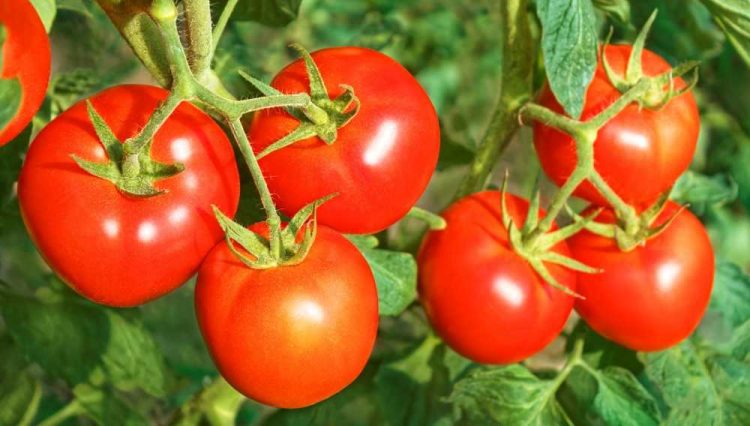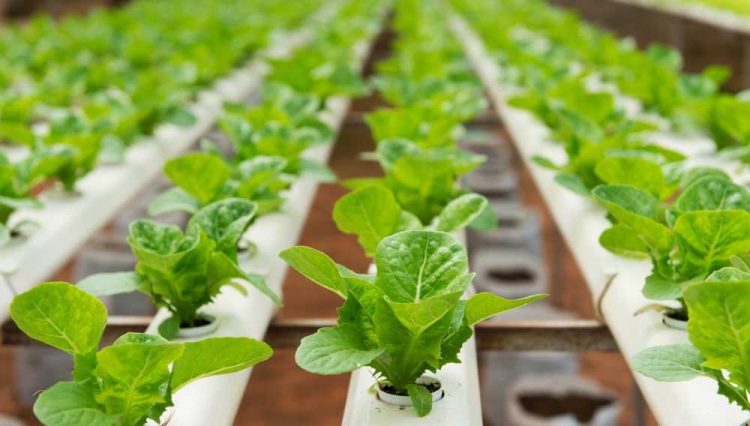Ever since scientists realized in the 1950s that entire crops could be grown without the use of soil, hydroponics for beginners has been employed in several countries with amazing results. Hobbyists usually try hydroponics to promote DIY projects in their own back yard, garden, or indoors.
If the right hydroponics setup plans are implemented, even 50% increase in plant growth rate cannot be ruled out. The ebb and flow, drip, water culture, nutrient film, aeroponic, and wicks are some of the most common hydroponics systems. Except the aeroponic system, all other systems specify the use nutrient solutions to nourish plant roots with or without the help of growing mediums.
Nutrient Solutions
In most cases, nutrients or fertilizers are introduced into water to form the nutrient solution. Innovative manufacturers come up with pH-balanced nutrient solutions tested to produce optimum plant growth results.
Atmospheric conditions are taken into consideration before releasing fertilizers. For example, users may add 2 to 4 teaspoons of nutrient into a gallon of water to form a ready mix. This mixture is stored in a reservoir, then distributed in different ways, depending on the system chosen by the user.
Growing Mediums
Plant roots need a constant supply of nutrients and oxygen to sustain growth. This is usually contained in the growing medium that holds the nutrient solution. Different methods like ebb and flow and the wicks systems are used to distribute this solution with the help of submersible pumps. Also, oxygen passes through this growing medium to provide nourishment to the plant’s roots.
Some of the most common materials used include hydrocorn, a lightweight medium used in the ebb and flow hydroponics for beginners system. This medium can be used repeatedly through the flooding and ebbing cycles of the nutrient solution.
Another popular medium is Rockwool that was earlier used only in construction but is now used in hydroponics. Both these materials are molded into shape at high temperatures to create fascinating growing medium shapes popular with users around the world.
Growing mediums can hold around 10 times more water than normal soil. Users can therefore regulate nutrient pumping cycles more efficiently to save power. Other commonly used growing mediums are coconut coir and lightweight expanded clay aggregate (LECA) made of expanded clay at high temperature.
Your First Hydroponics Project – Materials And Cost
Beginners are usually wary of spending a great deal of money on a gardening project because they are unsure of the results. For this very reason, materials and costs must be regulated to fit a specific budget. Use simple materials to complete your first project.
- Make use of old an 18-gallon storage bin instead of the professional PVC reservoir to bring down the project cost. In fact, this storage bin with the addition of a few other cheap components is all that is needed to complete your hydroponics for beginners project.
- If you have limited space in your garden or need to experiment with plant growth at different stages, use mesh pots that are readily available in the market. They come in standard sizes and easily fit into slots within the container or growth tray. For example, a set of 6 heavy duty 5 ¼-inch pots may cost less than $10; pots can always be increased at a later stage.
- As the nutrient solution is a vital part of any hydroponics project, it is best to choose concentrates available in the market. Suppliers stock fertilizers and nutrient solutions in different volumes. They are available in one, two, and three-part mixes. A 1-kg sack of micronutrient or fertilizer may cost less than $1, while the more sophisticated set of three different nutrient solutions may cost around $20 and come with simple mixing instructions.
- Growing mediums are available in tubes and sold in gallons. For instance, you can easily get around 3 gallons of chopped Rockwool for less than $6, or go in for custom-made growing medium blocks that fit into the reservoir. It is best to start with cubes available in standard sizes. Follow growing medium basics specified by experts like Hydroponics-Simplified to ensure you’re on the right track.
- A host of submersible aquarium pumps are available in different shapes and sizes. Choose one suggested in your hydroponics guide. Pumps are available from $5 onwards, so you have a wide choice depending on your immediate needs. Buy a cheap pump and monitor your progress regularly. You can always replace the initial pump with a heavy-duty one to expand your hydroponics project.
- Indoor setups require artificial light. Here is where you get innovative and use the latest light emitting diode (LED) lights for a small project, then increase the intensity of light with high-intensity discharge (HID) grow lights. While a generic 10W LED plant grow light used for simple indoor hydroponic systems may cost around $12, a set of 600W HID grow lights may cost around $500 and lasts for around five years.
Hydroponics for beginners can be an exciting. Take as much time as you need on your first project, then make adjustments to include better-quality equipment in your latter projects.



